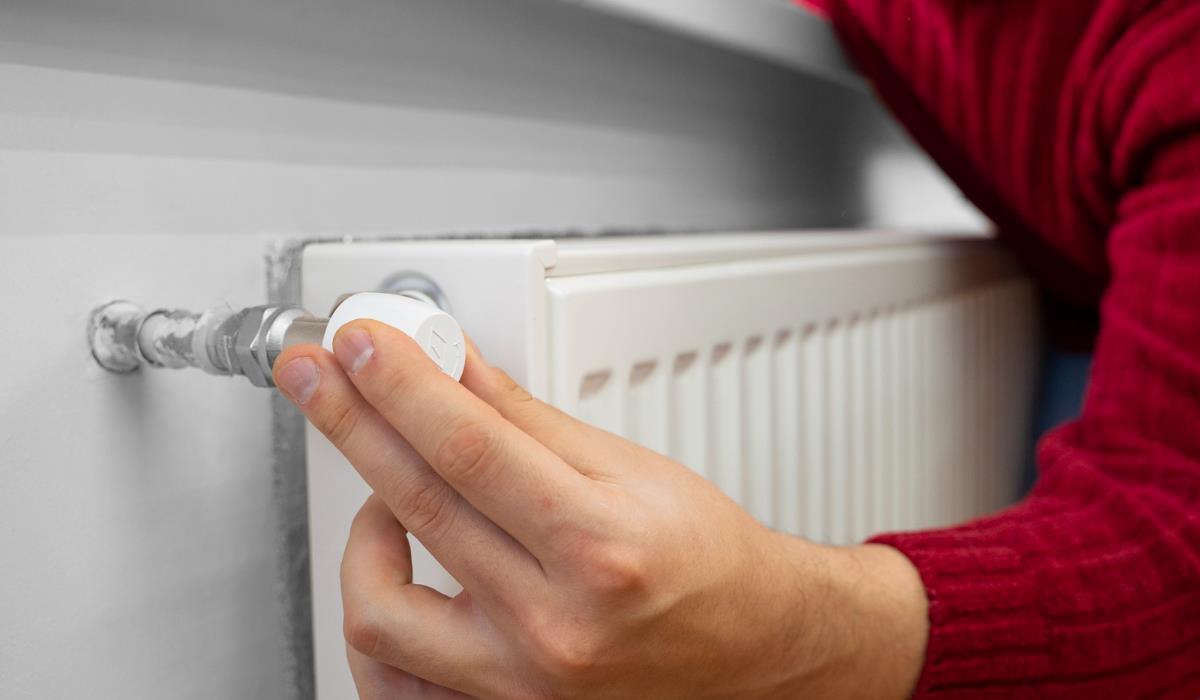Electrical sockets are an integral part of our homes and offices. It is difficult to imagine the functioning of everyday devices without them. Similarly, in heating systems, the radiator vent is a key element. The choice between a manual or automatic air vent may affect the efficiency and comfort of using the heating system. In this article, we will take a closer look at these two types of air vents, discuss their advantages and suitable installation locations.
Manual radiator air vent
Manual air vents, although relatively simple in construction, are an essential tool for removing air from heating systems. They operate by manually opening and closing the valve, which allows for controlled removal of air from the radiator. A bleeder wrench, usually supplied with the bleeder, allows the user to precisely adjust the airflow.
Advantages of the manual air vent:
- Ease of use: Manual air vents are intuitive to use, allowing the user to have full control over the bleeding process.
- Low price: They are relatively cheap and accessible to most users.
- Efficiency: Thanks to manual control, the user can adjust the bleeding process to individual needs.
Automatic radiator air vent
Automatic air vents are more technologically advanced. They work by opening and closing the valve depending on the air level in the radiator. When air collects there, the automatic air vent removes it automatically.
Advantages of the automatic air vent:

- Maintenance-free: They do not require regular manual intervention, saving the user time and effort.
- Efficiency: They improve the efficiency of the heating system by maintaining optimal water circulation and even heat distribution.
- Avoid errors: Eliminate the risk of errors related to improper bleeding.
Where to install the radiator vent?
The location of the air vent installation is crucial for the effectiveness of the entire heating system. It is best to place it on the top of the radiator, where air naturally collects. By installing an air vent at the top of the radiator, we allow air to escape freely from the system, which affects the heating efficiency.
Additionally, it is worth ensuring easy access to the air vent so that the user can carry out the air bleeding process effectively. In the case of more complex heating systems, an extended vent pipe can be used to facilitate access.
Which radiator should you bleed first?
When bleeding the heating system, it is recommended to start with the radiators located on the lowest floor. Then, on each floor, we start with the radiator that is located furthest from the heat source, i.e. the boiler. Radiators on higher floors usually contain more air, so this approach allows for effective removal of air from the entire system.
Summary
The choice between a manual or automatic air vent depends on your individual needs and preferences. Manual air vents are easier to use and cheaper, but require regular manual inspection. Automatic air vents are maintenance-free and effective, but may be more expensive. Regardless of your choice, regular bleeding of radiators is crucial to maintaining the efficiency of your heating system.



